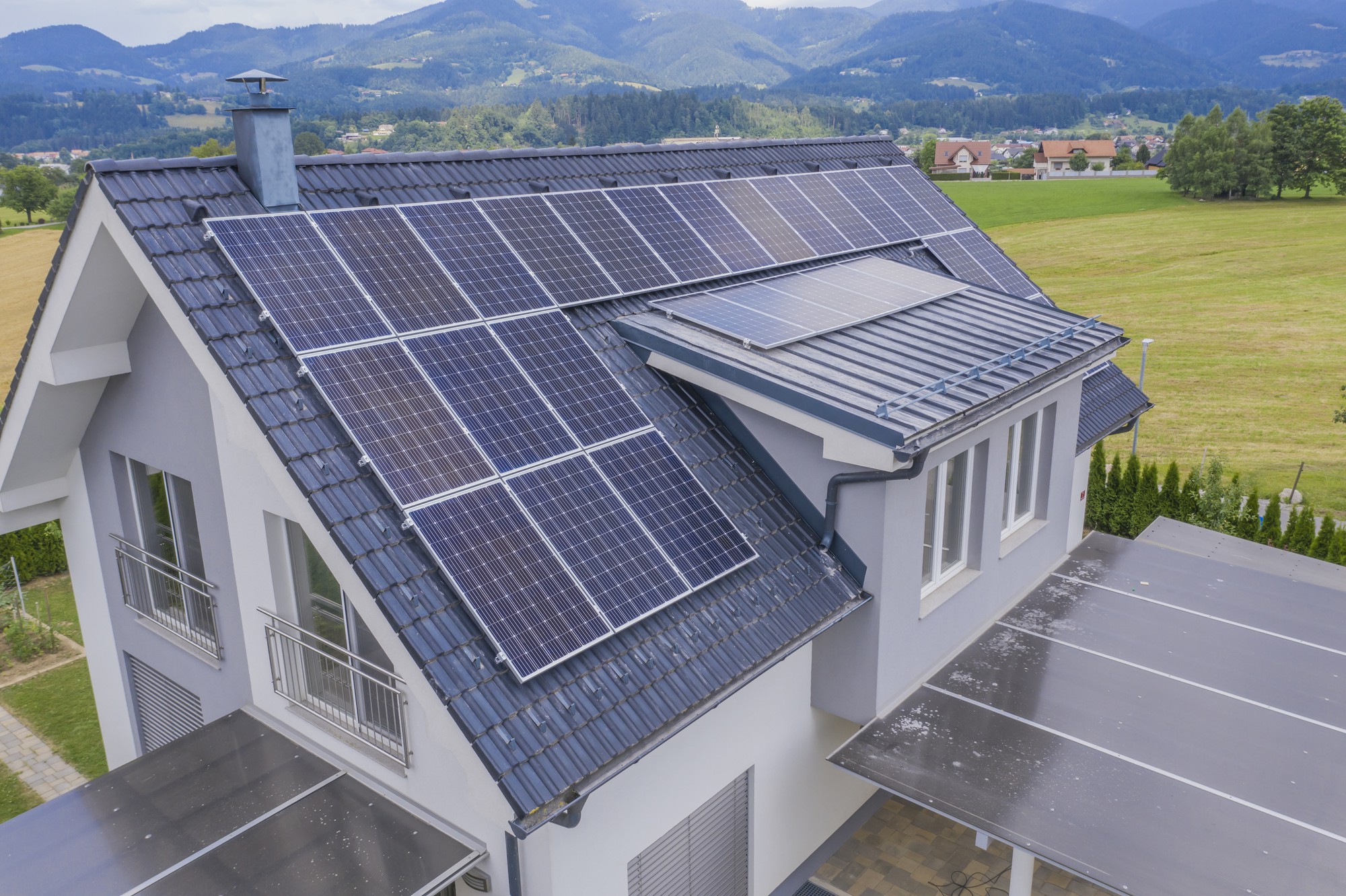Residential Clean Energy Credit
How it works
The Residential Clean Energy Credit equals 30% of the costs of new, qualified clean energy property for your home installed anytime from 2022 through 2032. The credit percentage rate phases down to 26 percent for property placed in service in 2033 and 22 percent for property placed in service in 2034. You may be able to take the credit if you made energy saving improvements to your home located in the United States.
The credit is nonrefundable, so the credit amount you receive can’t exceed the amount you owe in tax. You can carry forward any excess unused credit, though, and apply it to reduce the tax you owe in future years. Do not include interest paid including loan origination fees.
The credit has no annual or lifetime dollar limit except for credit limits for fuel cell property. You can claim the annual credit every year that you install eligible property until the credit begins to phase out in 2033.
Credit limits for fuel cell property
Fuel cell property is limited to $500 for each half kilowatt of capacity. If more than one person lives in the home, the combined credit for all residents can’t exceed $1,667 for each half kilowatt of fuel cell capacity.
Who qualifies
You may claim the residential clean energy credit for improvements to your main home, whether you own or rent it. Your main home is generally where you live most of the time. The credit applies to new or existing homes located in the United States.
You can’t claim the credit if you’re a landlord or other property owner who doesn’t live in the home.
You may be able to claim a credit for certain improvements made to a second home located in the United States that you live in part-time and don’t rent to others. You can’t claim a credit for fuel cell property for a second home or for a home that is not located in the United States. Find more on qualifying residences.
Business use of home
If you use a property solely for business purposes, you can’t claim the credit.
If you use your home partly for business, the maximum available credit for eligible clean energy expenses is as follows:
- Business use up to 20%: full credit
- Business use more than 20%: credit based on share of expenses allocable to nonbusiness use
Find more on who can claim the credit.
Qualified expenses
Qualified expenses include the costs of new clean energy property including:
- Solar electric panels
- Solar water heaters
- Wind turbines
- Geothermal heat pumps
- Fuel cells
- Battery storage technology (beginning in 2023)
Used (previously owned) clean energy property is not eligible.
Qualified expenses may include labor costs for onsite preparation, assembly or original installation of the property and for piping or wiring to connect it to the home.
Traditional building components that primarily serve a roofing or structural function generally don’t qualify. For example, roof trusses and traditional shingles that support solar panels don’t qualify, but solar roofing tiles and solar shingles do because they generate clean energy.
Subsidies, rebates and incentives
When calculating your credit, you may need to subtract subsidies, rebates or other financial incentives from your qualified property expenses because they’re considered a purchase-price adjustment.
Public utility subsidies for buying or installing clean energy property are subtracted from qualified expenses. This is true whether the subsidy comes directly to you or to a contractor on your behalf. However, utility payments for clean energy you sell back to the grid, such as net metering credits, don’t affect your qualified expenses.
Rebates are subtracted from qualified expenses if all of these apply:
- The rebate is based on the cost of the property.
- It comes from someone connected to the sale such as the manufacturer, distributor, seller or installer.
- It isn’t given as payment for services you provide.
State energy efficiency incentives are generally not subtracted from qualified costs unless they qualify as a rebate or purchase-price adjustment under federal income tax law. Many states label energy efficiency incentives as rebates even though they don’t qualify under that definition. Those incentives could be included in your gross income for federal income tax purposes. Find more about how subsidies affect home energy credits.
Qualified clean energy property
Clean energy property must meet the following standards to qualify for the residential clean energy credit.
Solar water heaters must be certified by the Solar Rating Certification Corporation or a comparable entity endorsed by your state.
Geothermal heat pumps must meet Energy Star requirements in effect at the time of purchase.
Battery storage technology must have a capacity of at least 3 kilowatt hours.
How to claim the credit
File Form 5695, Residential Energy Credits with your tax return to claim the credit. You must claim the credit for the tax year when the property is installed, not merely purchased.
For additional instructions on how to claim the credit for residential clean energy follow our step-by-step guide.
_________________________________________
Source: IRS Tax Tips
Image: wirestock/freepik







